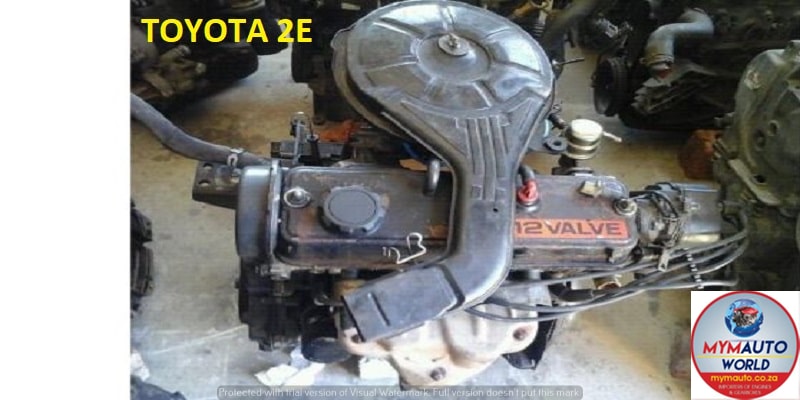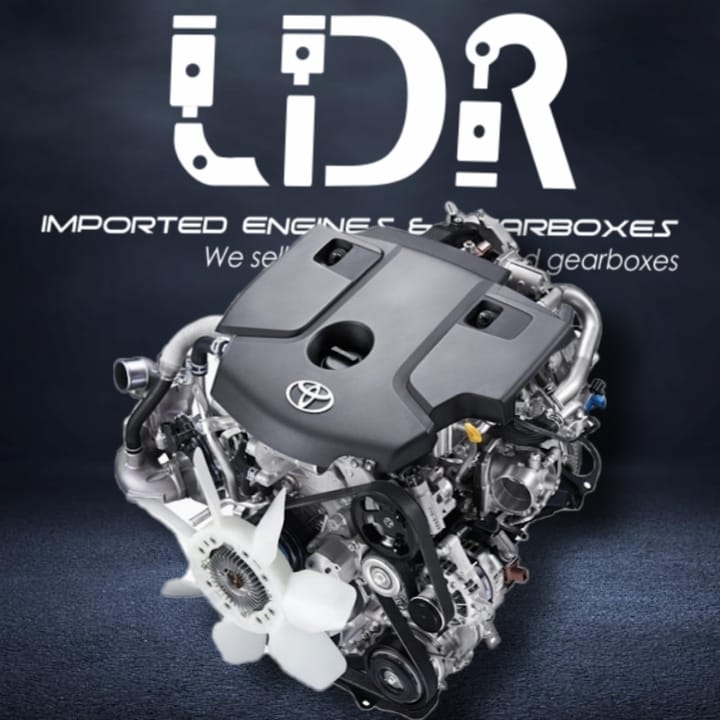Toyota Tazz: A Review of Its Handling, Fuel Economy, and Overall Performance
Toyota Tazz: A Review of Its Handling, Fuel Economy, and Overall Performance
Blog Article
Check Out the current Trends in Engine Technology With Tazz
In the quickly advancing landscape of automotive technology, Tazz stands at the leading edge, highlighting considerable improvements in engine systems that prioritize both development and sustainability. tazz. From hybrid engines that enhance gas effectiveness to the development of hydrogen fuel cells, the patterns forming modern-day powertrains are not only enhancing performance but also dealing with vital ecological difficulties. As the market continues to push limits, it is vital to think about exactly how these developments will influence future transport remedies and the more comprehensive effects for worldwide energy consumption. What lies in advance in this crucial improvement?
Crossbreed Engine Innovations
Hybrid engine innovations stand for a critical change in vehicle innovation, combining the advantages of internal burning engines with electric propulsion systems. This assimilation not only boosts fuel efficiency yet additionally decreases exhausts, meeting significantly rigid environmental guidelines. By utilizing both energy resources, hybrid engines can enhance performance, delivering power when required while preserving fuel during less requiring motoring conditions.
Recent improvements in hybrid modern technology consist of renovations in battery efficiency and regenerative stopping systems. These technologies permit greater power recuperation throughout slowdown, which can be rerouted to assist in acceleration or power auxiliary systems. In addition, manufacturers are concentrating on lightweight products and portable layouts to make the most of the effectiveness of crossbreed powertrains.
The advancement of plug-in crossbreeds has actually likewise expanded the market, allowing chauffeurs to bill their lorries making use of standard electrical outlets. This function usually permits substantial all-electric variety, more reducing reliance on conventional fuels. tazz. As the automobile industry continues to advance, hybrid engine modern technologies are expected to play an essential duty in connecting the void in between conventional vehicles and completely electrical models, giving a transitional service that provides to diverse customer requirements and preferences
Breakthroughs in Electric Powertrains
The vehicle landscape is swiftly developing, with electric powertrains arising as a leading pressure in lasting transportation. Advances in electrical vehicle (EV) innovation are substantially boosting performance, customer, and performance experience. Secret advancements include renovations in battery chemistry, which have actually raised power density, lowered billing times, and extended general battery life.
Solid-state batteries, for example, assure to reinvent the marketplace by giving better safety and efficiency contrasted to typical lithium-ion cells. Furthermore, innovations in regenerative stopping systems are enabling vehicles to recover power during slowdown, adding to overall performance.
In addition to battery technology, electrical motor styles are ending up being a lot more sophisticated. Developments such as incorporated motors and advanced thermal administration systems are aiding to optimize power shipment and decrease weight, ultimately boosting vehicle characteristics.

Collectively, these advancements underscore the dedication to change in the direction of cleaner, much more efficient transport remedies, positioning electric powertrains at the center of automotive advancement.
The Surge of Hydrogen Gas Cells
Increasingly, hydrogen fuel cells are acquiring grip as a sensible choice to conventional internal burning engines and battery electric automobiles. This modern technology takes advantage of the chemical power kept in hydrogen, converting it right into electrical power via an electrochemical reaction with oxygen. The main by-product of this procedure is water, making hydrogen fuel cells an eco friendly choice with zero exhausts at the tailpipe.

Automakers are progressively buying hydrogen gas cell modern technology, recognizing its capacity for long-range applications and fast refueling capacities that rival conventional fuels. Furthermore, fields such as sturdy transport and public transit are particularly well-suited for hydrogen fuel cells, where battery electric options might fail as a result of weight and array constraints.
As research and investment continue to expand, hydrogen fuel cells are poised to play a significant role in the future landscape of clean transportation and energy solutions.
Enhancements in Internal Combustion Engines
Innovations in inner burning engine (ICE) technology are changing standard cars to meet modern-day ecological standards and efficiency expectations. Straight gas injection, for instance, permits for much better atomization of gas, leading to even more complete burning and enhanced power result.
Furthermore, turbocharging has gotten importance, permitting smaller engines to deliver greater efficiency without the weight of larger engines - tazz. This modern technology not only boosts effectiveness but likewise contributes to reduce fuel usage. Variable valve timing systems are likewise being refined, allowing engines to adjust to different driving problems for improved torque and responsiveness
In addition, the use of light-weight materials in engine building is becoming common, further improving gas efficiency by minimizing overall car weight. Engine control devices (ECUs) are increasingly advanced, making it possible for real-time adjustments that enhance efficiency and emissions.
These enhancements jointly indicate a critical shift in ICE modern technology, aligning with global sustainability objectives while still giving the performance chauffeurs anticipate from their lorries. As the industry develops, these enhancements proceed to form the future of wikipedia reference typical automotive engineering.
Future Patterns in Engine Effectiveness
Substantial innovations in engine efficiency are anticipated as producers focus on integrating innovative modern technologies to fulfill rigorous ecological regulations and customer demands. The shift in the direction of electrification, crossbreed systems, and alternative fuels is improving the automotive landscape, driving innovations that improve fuel economy and reduce exhausts.
One of the key fads is the implementation of sophisticated products and producing methods. Light-weight composites and high-strength alloys add to lowered lorry weight, hence boosting general effectiveness. Additionally, the adoption of turbocharging and variable shutoff timing modern technologies enables for enhanced power output from smaller engines, better boosting fuel economy.

Conclusion
Finally, the exploration of engine innovation reveals considerable improvements that prioritize sustainability and effectiveness. Innovations in hybrid engine systems, electrical powertrains, and hydrogen fuel cells show a dedication to decreasing exhausts while enhancing efficiency. Improvements in interior burning engines and a focus on lightweight products add to overall engine effectiveness. As the vehicle sector continues to progress, these fads will certainly play an important function in forming a cleaner and more sustainable future for transportation.
From crossbreed engines that enhance gas performance to the appearance of hydrogen gas cells, the fads forming modern powertrains are not only enhancing performance but also dealing with vital navigate to these guys environmental difficulties.Hybrid engine advancements represent a critical shift in automobile innovation, integrating the benefits of internal combustion engines with electrical propulsion systems.In addition, turbocharging has actually gotten importance, enabling smaller engines to deliver greater efficiency without the weight of bigger engines. Furthermore, the adoption of turbocharging and variable shutoff timing technologies allows for boosted power result from smaller sized engines, better boosting gas economic climate.
Renovations in internal combustion engines and a focus on light-weight products contribute to general engine efficiency.
Report this page